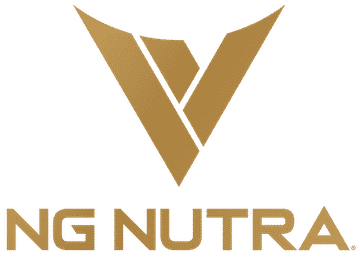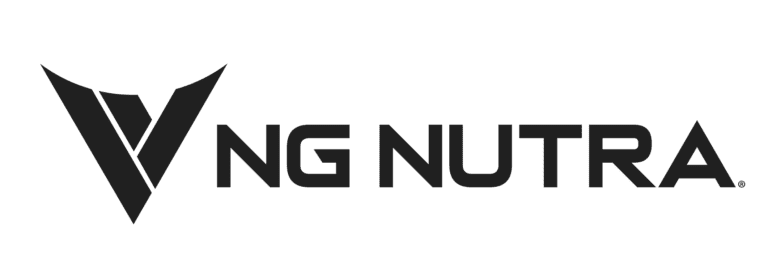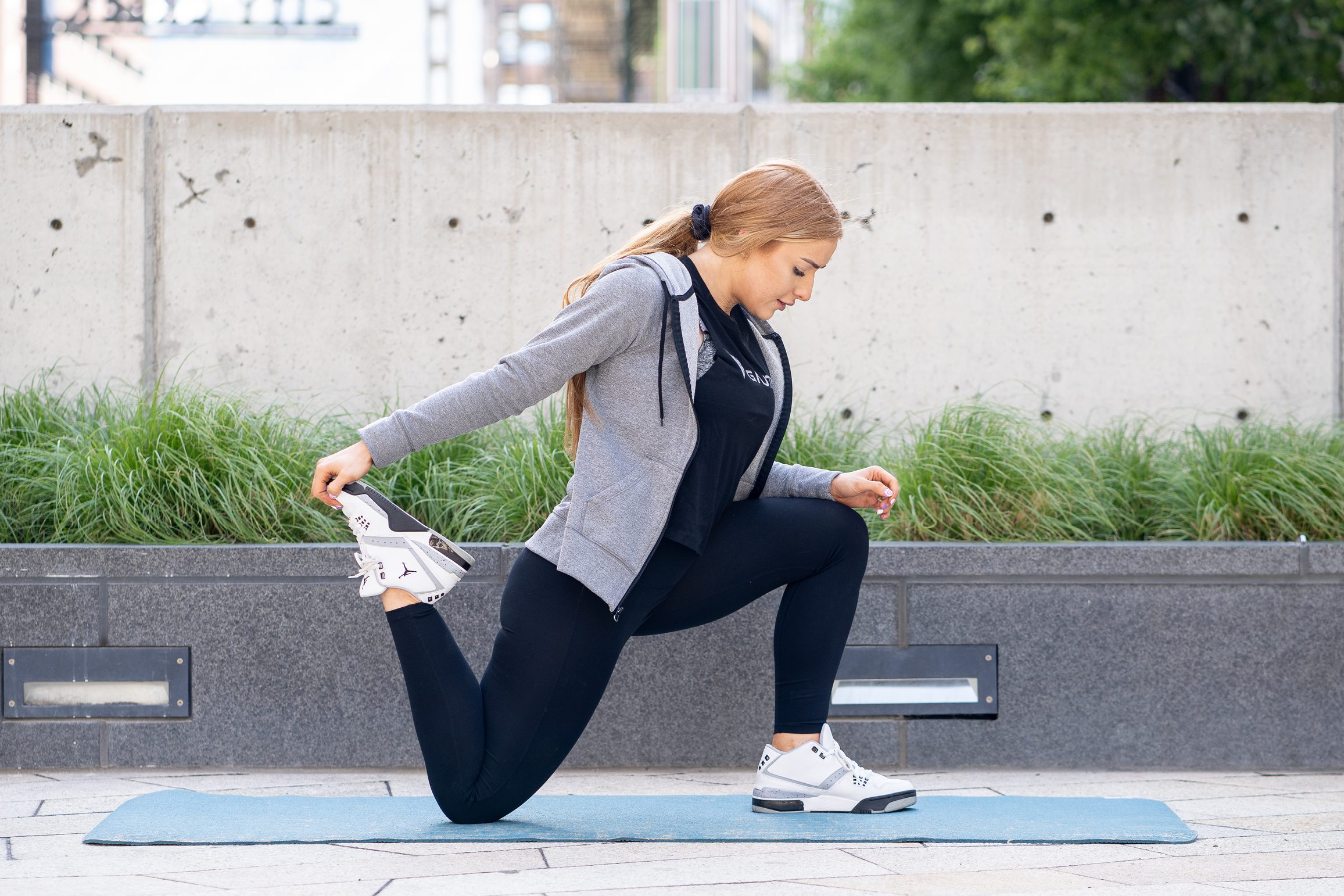How much planning really needs to go into something like getting bigger muscles or wanting to be more active this year? Far more than you might think.
Whether you want bigger muscles, a leaner waist, or a higher jump, planning how you’ll accomplish your fitness goal is essential. Without an action plan or the knowledge on how to create fitness goals, too many people throw in the towel early on their ideal physiques. And this happens years after year.
To quote Benjamin Franklin,
“If you fail to plan, you are planning to fail.”
S.M.A.R.T. is the key to setting responsible, realistic, and manageable fitness goals. Let’s break down what the S.M.A.R.T. acronym stands for and how to create fitness goals that you can achieve this year.
Be (Very) Specific
The first letter of the S.M.A.R.T. acronym stands for specific. The idea here is that you want to capture your goal in as much detail as possible. Why the need for detail?
The clearer the picture you draw of where you want to be in 6, 12, or 18 months, the greater the chance you’ll make it happen. Having a vague idea of what you want to look like isn’t motivating. It doesn’t light that fire underneath of you.
“I want to lose weight” isn’t a specific goal. It lacks all the essential information. When writing a specific goal about losing fat or gaining muscle, for example, define exactly what you want and the reason behind it.
You can use this as your fitness goal checklist for specificity:
- How much weight (in pounds or kilos) do you want to lose or how much muscle do you want to gain?
- Do you want to bulk up, get toned, or look shredded?
- Who is a specific person that has the body you want to work towards?
- How do feel right now about your current body?
- How will you feel once you achieve your goal?
- Why do you want to achieve this goal?
Here’s an example of how to create fitness goals that are specific:
“I want to lose 10 pounds of fat, tone my arms and legs, and start to see the outline of a six-pack on my stomach. I want to fit into the jeans that I was wearing three years ago. I want to be able to look in the mirror and be happy with what I see. Jillian Michaels has the physique that I want to work towards. Right now, I’m not satisfied with my body or how I feel; I’m tired a lot. Once I achieve this goal, I am going to feel unstoppable.”
If your goal is to build muscle, check out our article on how to gain muscle that includes the exact sets and reps for muscle growth. Click the image below to learn more.

Measure Your Progress
The next letter stands for measurable. How will you know how much progress you’ve made if you don’t measure that progress?
Continuing with the example above, there are numerous ways that you can keep track of your weight loss and muscle-building milestones. For example:
- You can weigh yourself each day with a scale
- Track inches with measuring tape
- Have before and after pictures for reference
Depending on your goal, you might need more than a scale and a measuring tape. If you have a performance-based fitness goal, sports-specific measuring tools such as a stop-watch, track, or pool would be ideal.
Here’s a list of common progress measuring tools and when to use them:
- Weight Scale: Daily (and write down your weight for each day)
- Measuring tape: Once a week
- Pictures: Once every two weeks or once a month
- Bioelectrical impedance: Once a month
- Stopwatch: Every training or testing session
- Heart rate monitor: Daily
Attain What You Need to Succeed
Attainable refers to all of the things that you need to do, say, buy, or collect to ensure your goal happens.
For example, if your goal is to build muscle, what exactly do you need to make that happen? To successfully build muscle, you’ll probably need a few of the following things:
- Gym membership or a home gym
- A personal trainer if you are inexperienced with weightlifting
- Hypertrophy-focused workout program
- Caloric surplus diet program that is protein-centered
- Muscle-building supplements such as whey protein and creatine
- Workout buddy
- Diet and workout tracking app
- Camera to take before and after pictures
Think you’ll want to build your own home gym instead of paying for a monthly membership? Before you go out shopping, check out our article on the best home gym equipment.

Realistic
We’re all different. We all lose weight, gain muscle, and improve athletically at different paces. You might be slow to lose fat but quick to gain muscle while a friend is the opposite. No matter the genetic cards you’ve been dealt, the key is to stay realistic about your goal and timeline.
Most people want to learn how to create fitness goals then accomplish them in too short of a span of time. To avoid burn out and mental frustration, give yourself a realistic timeline to accomplish what you want.
Here is an average guideline for fat loss and muscle building:
- You can expect to lose between 0.5 and 2 pounds of fat per week, depending on how much weight you have to lose, your activity level, and diet.
- You can expect to gain between 0.25 and 1 pound of muscle per week, depending on your workout, caloric intake, and genetics.
Calculate how much you want to lose or gain, then reference it to the numbers above to determine how long it should take you. It’s always better to go with the more conservative number in order to be realistic with your expectations. [1]
Time-Bound
Continuing with the point above, once you have a roundabout idea of how long it should take you to accomplish your goal, put a concrete stamp on it. We recommend making it the first of the following month as this gives you those few extra days or weeks to do what you need.
Set Yourself Up for Success with a Stack
Do you want to burn fat and get lean? Itching to pack on some solid lean muscle mass? While the foundation of fitness success is a healthy diet and workout program, supplements can also help you achieve your goals.
A supplement stack contains everything you need to support your performance and goals. (This is an example of what we were talking about in the “Attainable” section.) Check out our weight loss stacks and muscle building stacks.
References
- “Losing Weight.” Centers for Disease Control and Prevention, Centers for Disease Control and Prevention, 17 Aug. 2020, www.cdc.gov/healthyweight/losing_weight/index.html.



